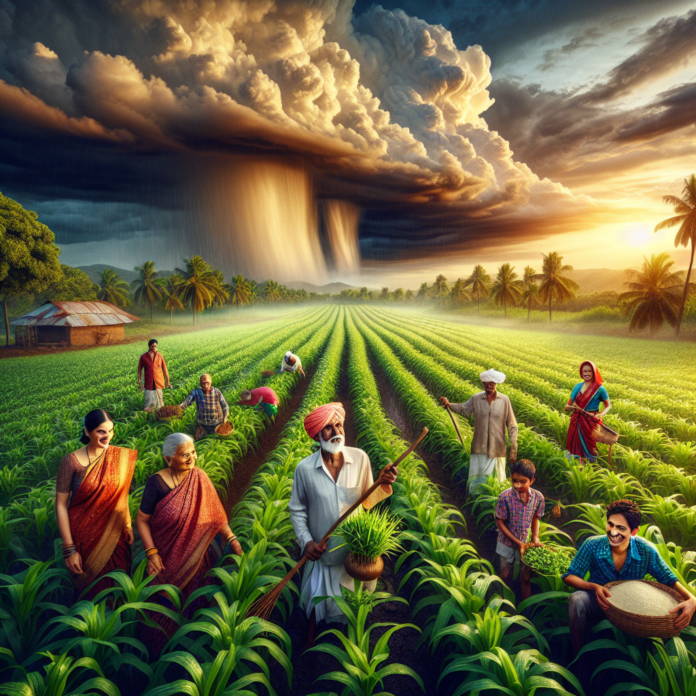Impact of Climate Change on India’s Monsoon Season
Summary:
India’s monsoon season, spanning June to September, is crucial for the country’s agriculture and economy, benefiting around 120 million farmers. However, climate change has made the rainfall pattern erratic, causing challenges for farmers. Unpredictable rain, either too intense or insufficient, disrupts planting and harvesting cycles. The Indian Meteorological Department’s revised forecasts predict lower rainfall due to extreme heat.
Farmers are struggling with these changes, leading to crop failures and economic distress. In Maharashtra, many farmers face debt and even suicide due to agricultural challenges. In northern regions like Punjab and Haryana, floods have caused significant damage and loss of life.
Adaptation strategies include growing less water-dependent crops, improving local weather forecasts, and policy changes to support farmers. Some collectives, like one in Kerala, are already adapting by adjusting sowing and harvesting times based on new rainfall patterns. Climate experts stress the need for better forecasting and resilience measures nationwide to help farmers cope with the changing monsoons.


